KANSAS CITY — Driven by the chicken sandwich wars and an increased desire for “comfort foods” brought on by the pandemic, fried chicken consumption is about as high as it’s ever been. That’s according to Greg West, senior vice president of marketing and food innovation for Beloit, Wis.-based Broaster Company, the producer of the Genuine Broaster Fried Chicken program.
“The question really is how much of that will stick post-pandemic, and I think it will,” said West. “Fried chicken is a core comfort food, and the last three years have done nothing but support that trend. It’s done that through increased consumption of the basic fried chicken on the bone, chicken tenders and chicken sandwiches, which has done nothing except create even more popularity around fried chicken.”
Because of the portability of most fried chicken varieties and applications, the grocery channel is poised to be able to take advantage of that as consumers increasingly look to their local grocer to help put dinner on the table.
Spicing things up
 The overall taste and satisfaction retailers can offer with their fried chicken programs, the more likely customers will keep coming back for repeat purchases, pointed out West. As fried chicken offerings and possibilities expand further than the typical 8-piece package of fried chicken, he recommended supermarkets consider focusing on four key flavor segments:
The overall taste and satisfaction retailers can offer with their fried chicken programs, the more likely customers will keep coming back for repeat purchases, pointed out West. As fried chicken offerings and possibilities expand further than the typical 8-piece package of fried chicken, he recommended supermarkets consider focusing on four key flavor segments:
- An original or signature category
- Southern Crispy – a variety that focuses on extra crispiness
- A spicy product for both the above categories
- The ability for consumers to add their own flavor by leveraging sauces and marinades
“All of these categories are growing,” West said. “It’s not like people are only interested in spicy, or that the core original category is depleting, and it’s not like crispy chicken is replacing the original category either. There’s huge growth in all areas.”
Retailers can also add new flavor varieties to the chicken breading to add limited time menu offers or unique fried chicken staples customers can’t get anywhere else.
“Breading flavors can offer a savory taste – with hints of garlic, onion, sea salt, and black pepper,” said Laura West, marketing and innovations team for Montgomery, Ala.-based Wynn’s Grain & Spice. “Breading can also deliver heat – in either a slow build or a more upfront intensity. Wynn’s offers a line of topical seasoning spices that allow retailers to play with innovative flavor combinations.”
Wynn’s most popular fried chicken breading blends include:
- Wynn’s All Natural Crimson Breading – a bold, savory blend crafted with clean and simple ingredients. Customers eat with their eyes and paprika gives this blend a mouthwatering golden-brown finish that will draw customers to try it.
- Wynn’s Fiery Hot Breading brings the heat as the company’s signature spicy blend. Balanced out by the finest grains, Fiery Hot Breading offers intensity without offending milder palates. Wynn’s Fiery Hot has heat that builds and is balanced by a light and crispy finish.
“Seasonings allow retailers to play with innovative flavor combinations by topping fried chicken with a signature flavor for a limited time,” Wynn’s West noted. “For example, fried chicken topped with sea salt and pepper, a Cajun blend, or spicy chipotle flavors.”
Broaster offers full-menu chicken programs
 With Broaster’s Genuine Fried Chicken, the company helps retailers develop their menu to suit their specific needs. Once a plan is in place, retailers will choose their equipment and merchandising options. Through Broaster’s the chicken is cooked in a Broaster-provided pressure fryer, and retailers can choose to market the chicken with the Broaster’s label or under a private label.
With Broaster’s Genuine Fried Chicken, the company helps retailers develop their menu to suit their specific needs. Once a plan is in place, retailers will choose their equipment and merchandising options. Through Broaster’s the chicken is cooked in a Broaster-provided pressure fryer, and retailers can choose to market the chicken with the Broaster’s label or under a private label.
The company can supply retailers with menu boards, graphics, templates and social media partnerships.
Broaster’s menu includes a variety of options including assorted fried chicken boxes, popcorn chicken, sandwiches, wings, chicken tenders, and sides such as mac n’ cheese, potato wedges, baked beans, coleslaw and mashed potatoes & gravy. The fried chicken varieties include:
- Genuine Broaster Chicken – Fresh, 8 piece cut chicken is marinated in Chickite marinade and then lightly coated with Slo-Bro coating. Genuine Broaster Chicken is one of the only chicken programs on the market with a bread ahead coating process.
- Genuine Broaster Chicken Spicy – uses an Extra Spicy Slo-Bro coating to kick the heat up.
- Genuine Broaster Chicken Tenders – feature a crunchy coating in a boneless format consumers are seeking. Tenders are growing in popularity among the younger demographics.
“We offer great restaurant quality with defined flexibility,” said Broaster’s West. “That flexibility then coupled with our support really provides a kind of a mouthwatering product, to drive traffic to your deli and drive sales, not just for chicken but also all the things that go with it.”’
Oil Management with Restaurant Technologies VP Jason Cocco
Supermarket Perimeter: What are the most important steps retailers should be taking to ensure that they’re doing proper oil management with fried chicken programs?
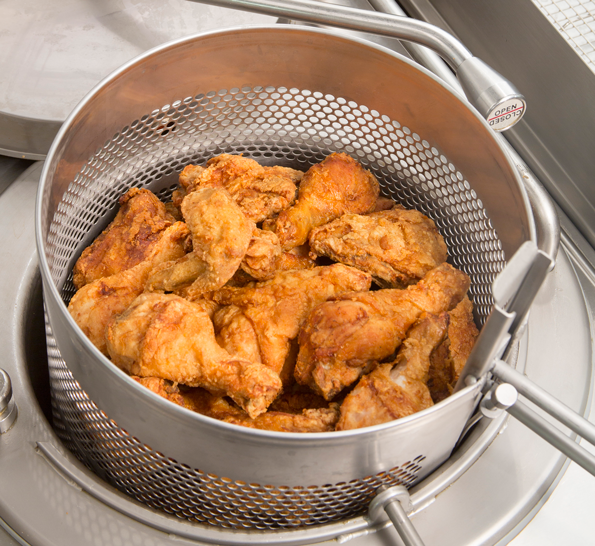 Jason Cocco: One: ensuring that they’re using really good quality oil. If you’re putting bad oil in you’re going to get a bad product. Ensure that you’re working with a good manufacturer partner that provides you a good high-quality oil. The second thing is ensuring that they’re filtering the oil on a set frequency. We recommend two to three times a day for three to five minutes — especially with chicken, and if it’s freshly battered chicken, there’s a lot of sediment and the flour and the breading comes off, and that frying process has a tendency to degrade the oil. Lastly, ensuring that you have a good process by which to say, when the oil is degraded too much, let’s make sure we put more in.
Jason Cocco: One: ensuring that they’re using really good quality oil. If you’re putting bad oil in you’re going to get a bad product. Ensure that you’re working with a good manufacturer partner that provides you a good high-quality oil. The second thing is ensuring that they’re filtering the oil on a set frequency. We recommend two to three times a day for three to five minutes — especially with chicken, and if it’s freshly battered chicken, there’s a lot of sediment and the flour and the breading comes off, and that frying process has a tendency to degrade the oil. Lastly, ensuring that you have a good process by which to say, when the oil is degraded too much, let’s make sure we put more in.
SP: What technology do you recommend retailers take advantage of to ensure top oil management?
JC: Our automated oil management system, where we put two tanks in the restaurant, and generally the operator of the fryer has to push a button to add oil and dispose of oil that really creates a much more safe environment. It’s a lot easier for the employees to operate, and also provides them some tools to understand, as I mentioned earlier about how much oil they’re using, how are they filtering it, when they should be filtering and so that’s one piece. Another thing that we recently came out with is an option to get rid of their rotisserie grease. Getting rid of the frying grease is an issue for everyone, given the significant growth in rotisserie chickens. Those also have grease that come out of those machines, and they needed something to deal with it and that’s generally a very manual process. So we created some solutions to automate how they handle the rotisserie grease as well.
SP: How do your products integrate with existing equipment that retailers may already have?
JC: We work with all the major manufacturers and suppliers. They (equipment) generally come to the location ready. If not, we have a kit that we can hook up so there’s no investment in new fryers or other equipment necessary to hook up our equipment. We’re compatible and give service to over 30,000 different customers across both retail and restaurants.
For complete story: supermarketperimeter.com
By Emily Park





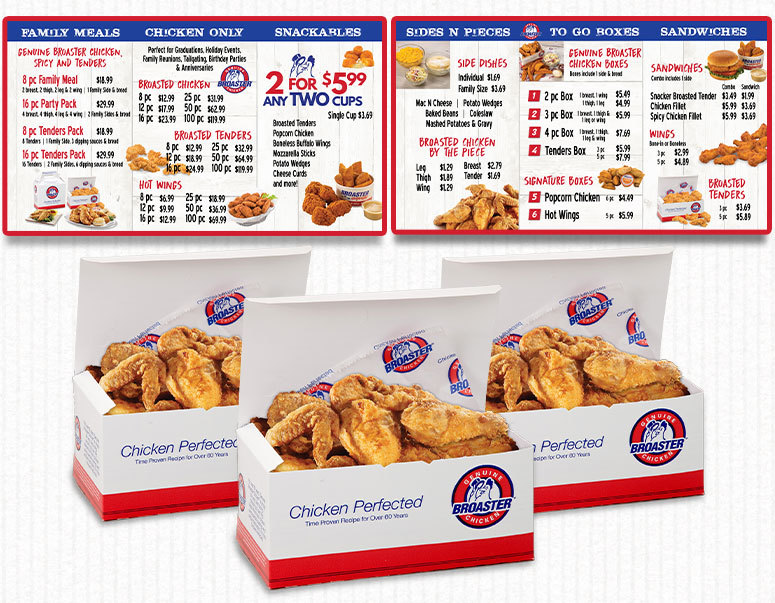
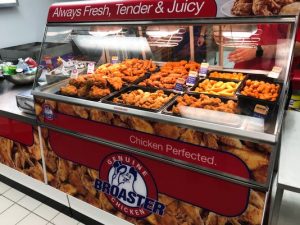 It was tough sledding for restaurant owners and managers last year, but the eateries that were able to succeed did so by learning to change and adapt quickly and for the better.
It was tough sledding for restaurant owners and managers last year, but the eateries that were able to succeed did so by learning to change and adapt quickly and for the better.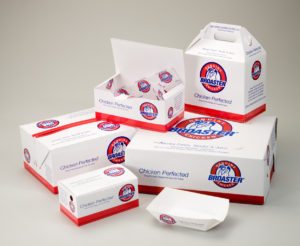 Keeping track of public health guidelines/restrictions as well as newly recommended food safety practices was, in itself, a full-time job in 2020. But these things also pull you away from other aspects of managing your restaurant.
Keeping track of public health guidelines/restrictions as well as newly recommended food safety practices was, in itself, a full-time job in 2020. But these things also pull you away from other aspects of managing your restaurant. The best example of how trusted vendors can help restaurants become more profitable was the transition of sales revenue from primarily dine-in orders to primarily carry-out, curbside pick-up, or delivery this past year.
The best example of how trusted vendors can help restaurants become more profitable was the transition of sales revenue from primarily dine-in orders to primarily carry-out, curbside pick-up, or delivery this past year.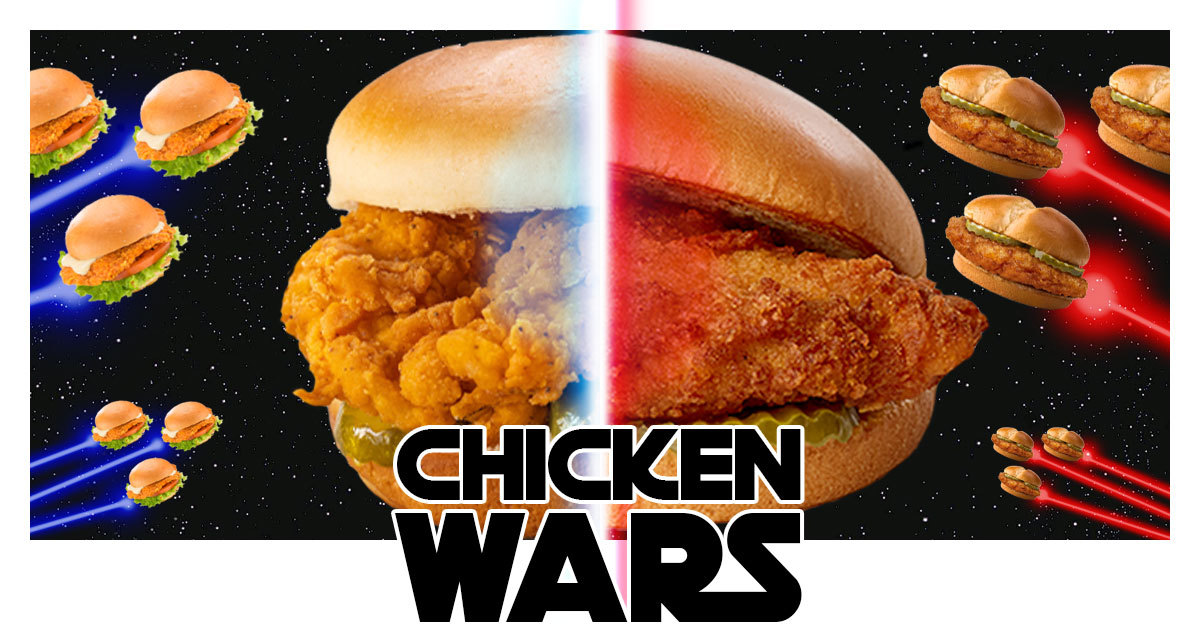
 It may sound a little far-fetched, but “Chicken Wars” is, indeed, what the media has been dubbing the battle for chicken sandwich dominance. It started in August 2019, when Miami-based Popeyes debuted its fried chicken sandwich—a menu item that would eventually net a 34 percent increase in store sales for the restaurant in the fourth quarter of 2019. Fast food chicken king Chick-fil-A started a social media feud with Popeyes, touting its superior product as the ultimate chicken sandwich, and soon the publicity for both chains was sending sales through the roof.
It may sound a little far-fetched, but “Chicken Wars” is, indeed, what the media has been dubbing the battle for chicken sandwich dominance. It started in August 2019, when Miami-based Popeyes debuted its fried chicken sandwich—a menu item that would eventually net a 34 percent increase in store sales for the restaurant in the fourth quarter of 2019. Fast food chicken king Chick-fil-A started a social media feud with Popeyes, touting its superior product as the ultimate chicken sandwich, and soon the publicity for both chains was sending sales through the roof. The Broaster brand name has become synonymous with GREAT-tasting chicken. When consumers walk into a restaurant, convenience store or grocery store, or up to a concession stand, and see “Broaster” on the menu, they immediately recognize that this chicken is something special. As they take a whiff of the Broaster Company’s
The Broaster brand name has become synonymous with GREAT-tasting chicken. When consumers walk into a restaurant, convenience store or grocery store, or up to a concession stand, and see “Broaster” on the menu, they immediately recognize that this chicken is something special. As they take a whiff of the Broaster Company’s 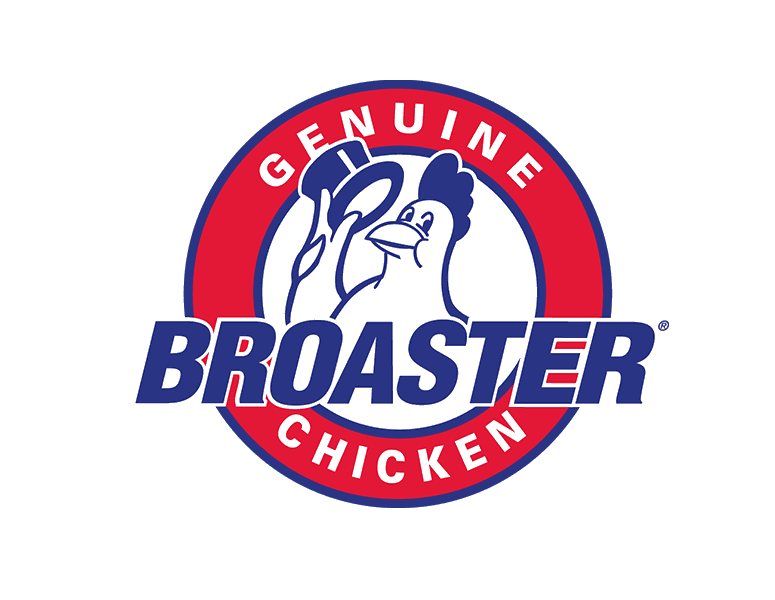


 “What I really like about the current GBC logo is that it’s been carefully and intentionally designed as an icon, which helps us extend the equity of its meaning to our other food programs. It says that you can expect restaurant-quality…now at c-stores, grocery delis, sports venues, and more.” – Greg West, Broaster VP of Marketing & Food Innovation
“What I really like about the current GBC logo is that it’s been carefully and intentionally designed as an icon, which helps us extend the equity of its meaning to our other food programs. It says that you can expect restaurant-quality…now at c-stores, grocery delis, sports venues, and more.” – Greg West, Broaster VP of Marketing & Food Innovation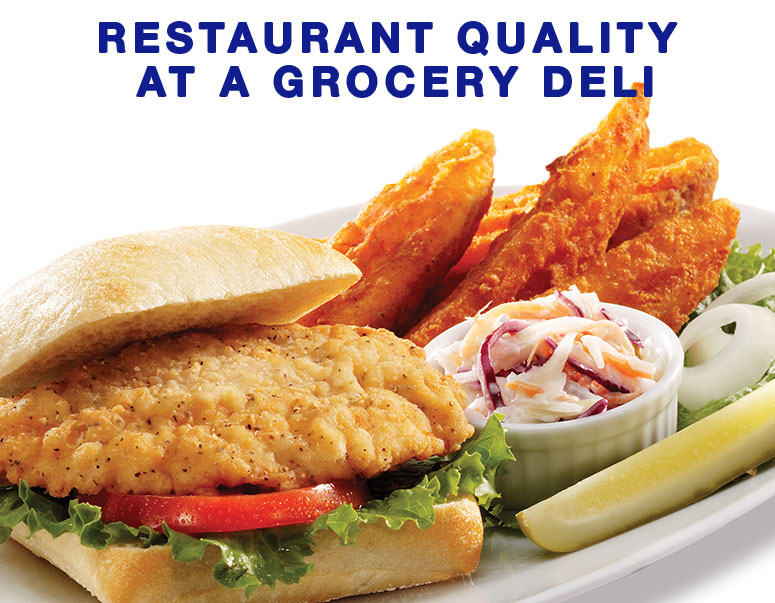
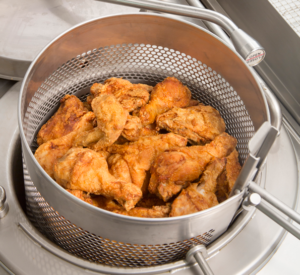 When your food sales are down, it’s easy to get caught up in the apparent problem…”sales are down.” But in order to flip the script and become profitable again, you have to identify the REAL problem…”quality.”
When your food sales are down, it’s easy to get caught up in the apparent problem…”sales are down.” But in order to flip the script and become profitable again, you have to identify the REAL problem…”quality.”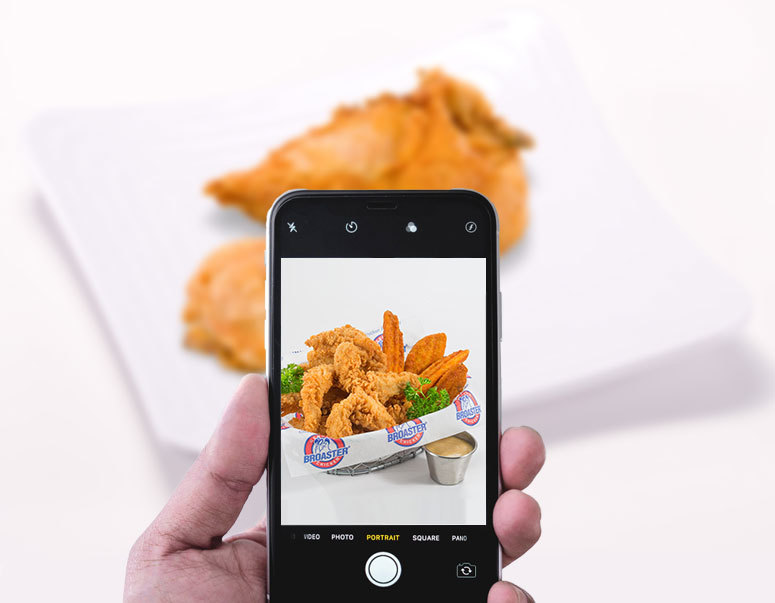
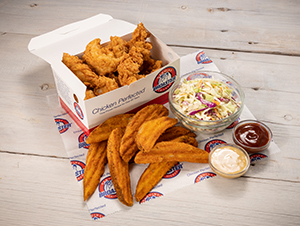 When you want to try something new, it never hurts to consult an expert. That’s why we caught up with Broaster Field Operations Development Leader, Chef Ken Folisi to share his thoughts on customizing
When you want to try something new, it never hurts to consult an expert. That’s why we caught up with Broaster Field Operations Development Leader, Chef Ken Folisi to share his thoughts on customizing 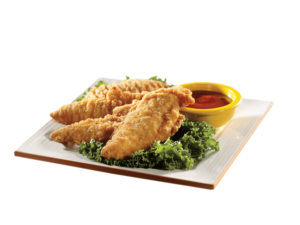 Nothing complements mouthwatering Genuine Broaster Chicken better than pairing our trusted recipe with a signature sauce of your own design. In the restaurant business, we see this most commonly with items like chicken wings or boneless tenders.
Nothing complements mouthwatering Genuine Broaster Chicken better than pairing our trusted recipe with a signature sauce of your own design. In the restaurant business, we see this most commonly with items like chicken wings or boneless tenders.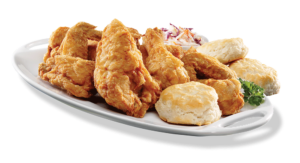 The best thing about serving a versatile, blue chip menu item is that you can simply build around it with creative, signature sides. And this can be done in so many different ways.
The best thing about serving a versatile, blue chip menu item is that you can simply build around it with creative, signature sides. And this can be done in so many different ways.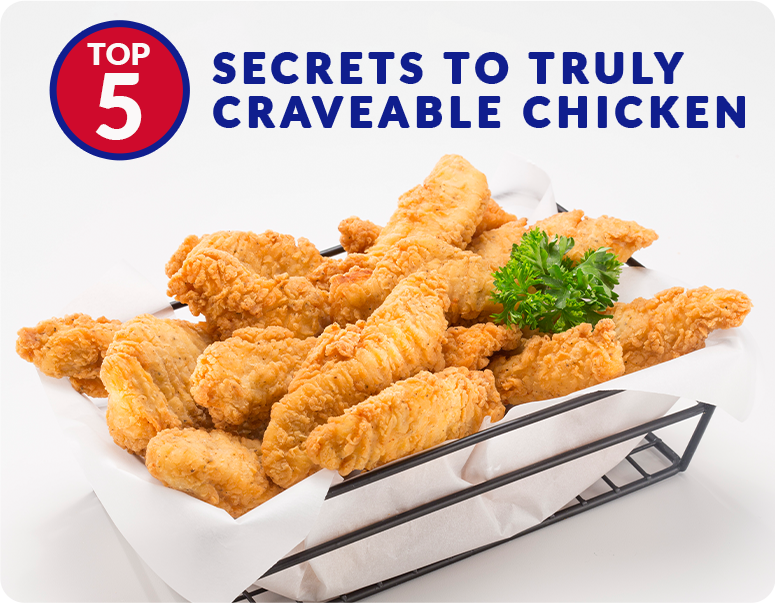
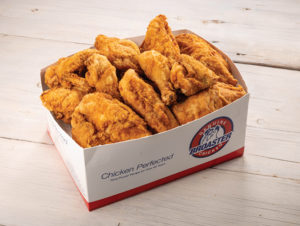 Nearly everyone loves to eat chicken in some shape or form, and we have the stats to back it up.
Nearly everyone loves to eat chicken in some shape or form, and we have the stats to back it up.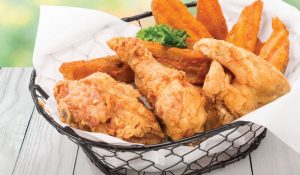
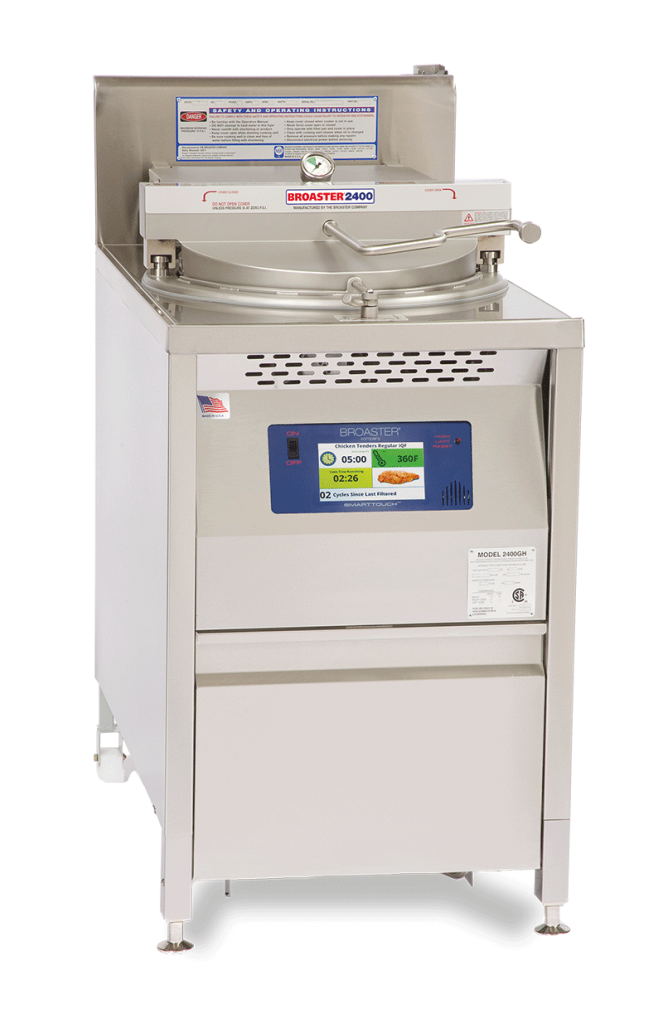

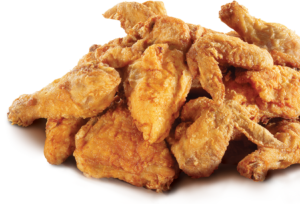 KANSAS CITY, MO. – Since coronavirus (COVID-19) rattled the country, consumers have been turning to comfort foods like fried chicken, leaving plenty of room for grocers to play up their
KANSAS CITY, MO. – Since coronavirus (COVID-19) rattled the country, consumers have been turning to comfort foods like fried chicken, leaving plenty of room for grocers to play up their 
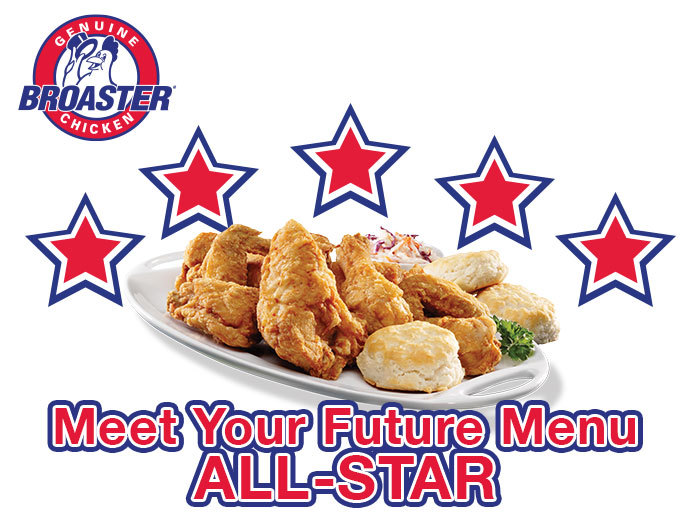
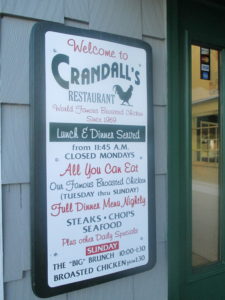 Let’s start by taking a step back (before we skip ahead to the good stuff) and defining the term “signature menu item.”
Let’s start by taking a step back (before we skip ahead to the good stuff) and defining the term “signature menu item.” As important as it is to have an all-star lineup under normal circumstances, we’ve seen the need for strong, memorable, signature menu items grow exponentially in the unprecedented, pandemic, times we live in.
As important as it is to have an all-star lineup under normal circumstances, we’ve seen the need for strong, memorable, signature menu items grow exponentially in the unprecedented, pandemic, times we live in. Crandall’s Restaurant
Crandall’s Restaurant “Although specialty pizzas have always been our bread and butter, Broaster Chicken and Broaster Potato Slices (we call them Mojos) have been HUGE for our carry-out business.
“Although specialty pizzas have always been our bread and butter, Broaster Chicken and Broaster Potato Slices (we call them Mojos) have been HUGE for our carry-out business.
